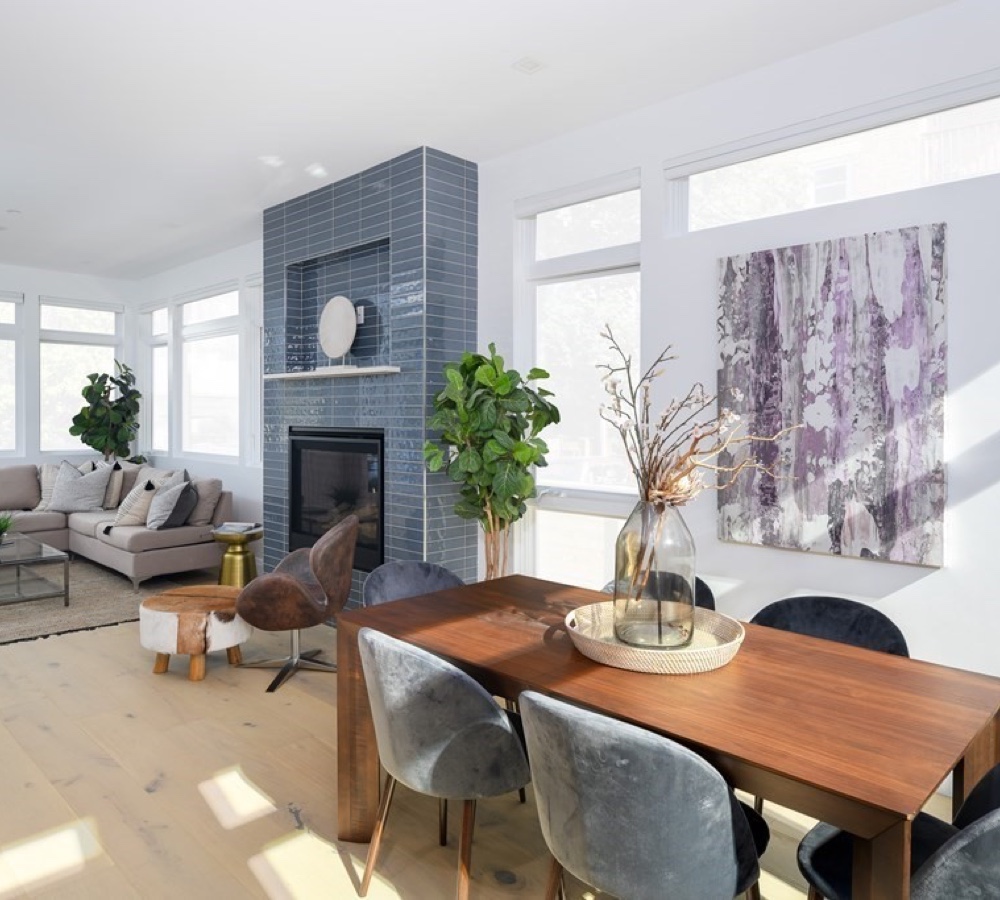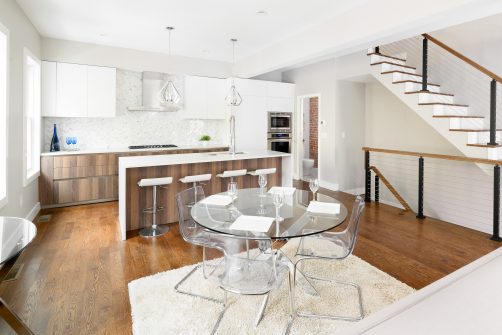


May 20, 2020 • 3 minute read
Buying your first home can be intimidating. It doesn’t help that there are many misconceptions surrounding the process. However, homeownership is accessible to more people than some think. That’s why, in this series, I’ll be debunking some common myths about buying a home and offering some top tips for first-time homebuyers.
One of the first challenges that first-time homebuyers encounter is figuring out what they can afford. A commonly held belief is that you need to come up with 20 percent of the home’s purchase price as a down payment in order to get financing. While every buyer’s situation is different, that 20 percent standard does not hold true for everyone. Buyers often allow their lack of savings to stop them from even looking into buying a home.
As to where that common notion came from, a downpayment of 20 percent is needed to avoid paying private mortgage insurance (PMI) that most conventional, non-government backed loans require. Homeowners can save thousands of dollars a year, depending on their rate, by avoiding PMI. For this reason, the 20 percent downpayment has become the standard. But it is certainly not the only option. In fact, the average downpayment for first-time homebuyers is seven percent, according to the National Association of Realtors.
Since the arrival of Federal Housing Administration loans in 1934, a 20 percent downpayment is no longer essential to securing financing for that home you’ve always dreamed of owning. FHA mortgages are available with minimal down payments, some as low as 3.5 percent for those who qualify.
If you were to wait until you had the 20 percent downpayment secured, the years you spend saving up are years that you aren’t owning a home and building wealth. As home values continue to skyrocket, the sooner you own a home the sooner your investment begins. Homeownership is the primary means of building wealth in the United States.
The options don’t end at FHA loans for a mortgage with a low downpayment. For example, if you or your co-signer for the property is a veteran, you are eligible for a zero percent downpayment Veterans Affairs (VA) loan. An additional bonus is that this loan doesn’t require monthly mortgage insurance, despite the low downpayment.
There are also other conventional loans that will accept a downpayment as low as 3 percent. For example, HomeReady loans, Home Possible Advantage loans, and Conventional 97 percent LTV loans from Fannie Mae and Freddie Mac. Each of these loans has different rates and qualifiers, ranging from income levels to whether you’re a first-time homebuyer, but the variety of options makes homeownership accessible to a whole new pool of buyers.
With a downpayment ranging from five to ten percent of the home value, more options open up with national mortgage insurers—some that can even help drop your PMI costs.
Another option is the “piggyback” loan. These loans are also known as a second trust loan. Typically this means the buyer takes out a first mortgage for 80 percent of the value of the home, a second mortgage on ten percent of the value of the home, and then makes a 10 percent downpayment. There are varying options for percentage breakdowns. These loans do typically come with higher interest rates and the possibility of having to make two mortgage payments a month. However, there is the chance that by avoiding paying PMI with a piggyback loan you could be saving money compared to a typical low downpayment loan.
With these varying options for downpayments and mortgages, homeownership is more accessible than ever. Work with a broker to find the loan that’s best for you and don’t let your lack of savings keep you from buying your first home.
Published: May 20, 2020
Share